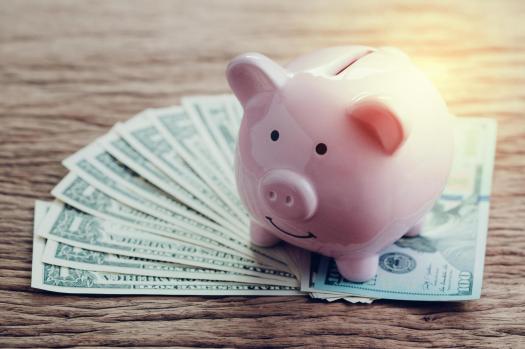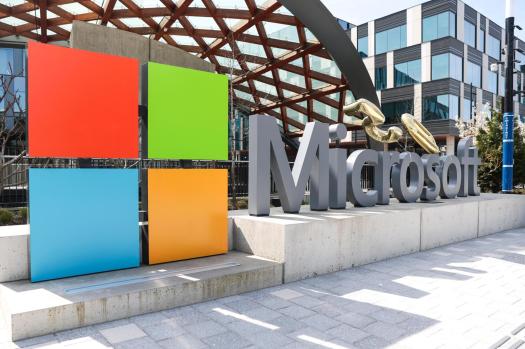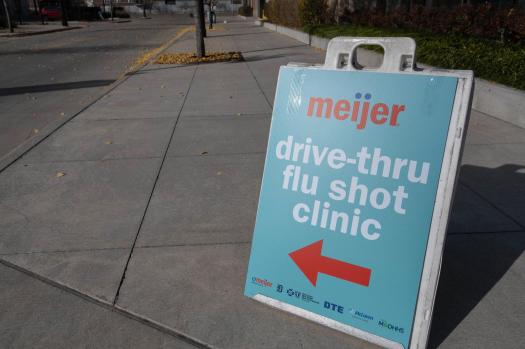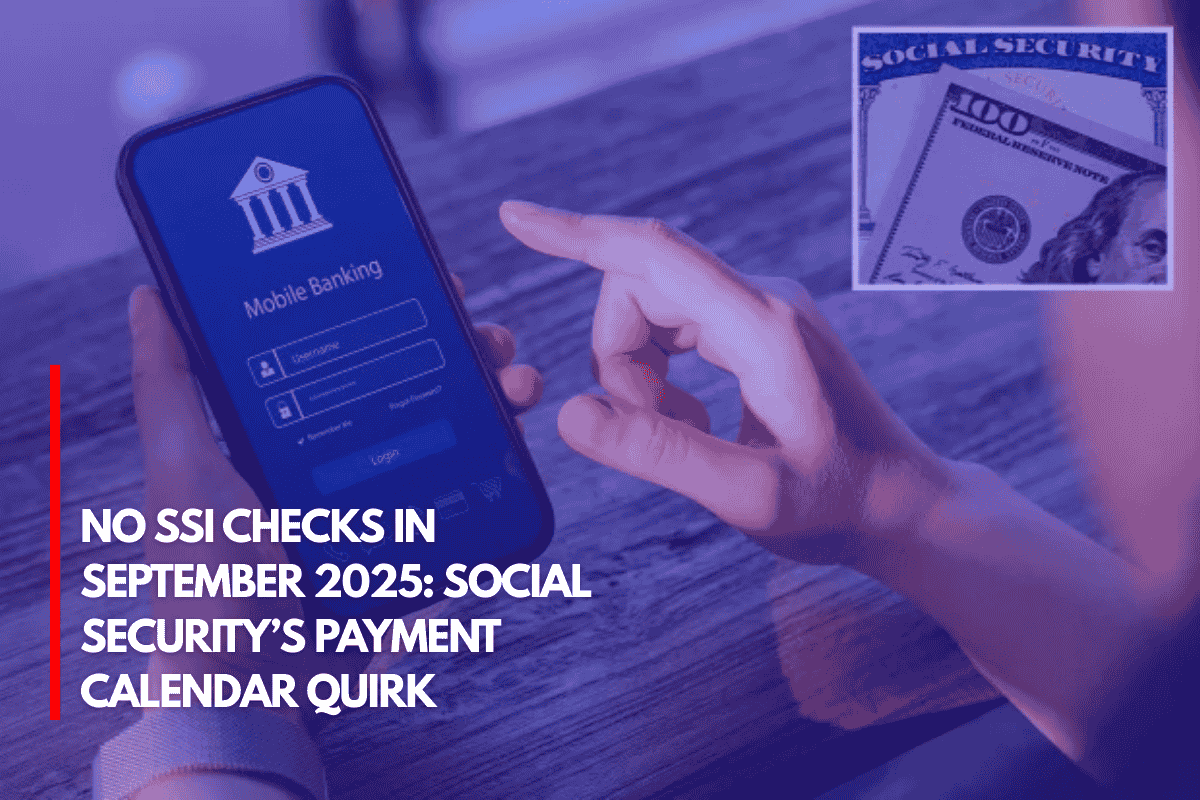By Bankrate.com’s Lane Gillespie
Despite our best efforts, anyone can experience unexpected, costly emergencies. Your automobile may require a replacement part, your cat may require an unforeseen veterinary visit, or you may be laid off. Emergency savings can help with that. You can feel secure knowing that you can handle any significant bill that arises if you maintain a savings account that you only utilize in an emergency.
Related Articles
-
How to do less, achieve more in the workplace
-
Trump eyes National Guard expansion into New York, Chicago
-
Target focuses on in-person experience at cost of online order fulfillment
-
Ticker: Trump turns $11.1B in US government funds into a 10% stake in downtrodden Intel
-
Electric vehicle sales surge as end of tax credits nears
Although maintaining an emergency savings fund is crucial, setting aside a few thousand dollars could be difficult if you’re on a limited budget. According to Bankrate’s Emergency funds Report, almost a quarter (24%) of Americans claim to have no emergency funds.
According to Bankrate’s Emergency Savings Report, which has been tracking people’s emergency savings practices for 14 years, the percentage of Americans without emergency funds has fluctuated between 21% and 29% since 2011. However, since 2022, price increases have made saving money even more difficult. Even if the inflation rate has decreased from its peak in 2022, Americans continue to face financial hardships due to the cost of their regular expenditures. According to a Bankrate examination of Bureau of Labor Statistics (BLS) statistics, Americans have been paying 24.3% more for consumer goods since February 2020, when the COVID-19 epidemic started in the United States, as a result of several years of price increases.
If Americans got yearly pay increases to keep up with inflation, it wouldn’t hurt as much. However, according to Bankrate’s Wage to Inflation Index, earnings haven’t increased quickly enough in the past year to keep up with inflation. Your amount of money left over to save will be small if your income has remained static and your daily expenses are rising.
Without emergency funds, you could have to borrow money or use credit cards in an emergency, which is what many Americans do when they are in debt. According to data from Bankrate’s Emergency Savings Report from December 2024, 25% of Americans would use a credit card to cover an unforeseen $1,000 emergency bill and pay it off over time. Because credit card interest rates are higher than 20%, using a credit card to pay off an emergency bill over time will result in far higher interest costs.
Ideally, you would set aside at least 20% of your salary for emergency savings, retirement funds, and other savings accounts. This is in line with the 50/30/20 guideline, which states that you should save 20% of your income, spend 30% on wants, and spend 50% on requirements. But a lot of people probably spend far more than half of their income on needs, which reduces their savings.
According to the BLS, consumer prices increased 2.7% year over year in June, the highest annual inflation rate since February. The housing market is also tight for Americans: According to the BLS, nearly half of renters spend more than 30% of their income on housing expenses alone. Similarly, the Chamber of Commerce, a product research firm, reports that 27% of homeowners spend more than 30% of their income on housing.
When you factor in the rising cost of groceries and transportation, you can quickly find yourself depleting your savings to cover essentials.
Younger generations today are dealing with additional burdens that are making saving even more challenging, even though many Americans, regardless of age, struggle to save money. According to the Wall Street Journal, the labor market is faltering, and new college grads are having a particularly hard time finding employment as hiring is slowing down and AI is displacing entry-level white-collar professions. Additionally, they continue to spend money on non-essentials. According to Bankrate’s Discretionary Spending Survey, Gen Zers (those between the ages of 18 and 28) are the most likely group to spend more annually on travel, eating out, and live entertainment.
According to Bankrate’s Emergency Savings Report, Gen Zers and millennials (ages 29–44) are now more likely than previous generations to have no emergency savings:
In 2025, Americans without emergency savings
- Gen Zers (ages 18-28): 34%
- Millennials (ages 29-44): 28%
- Gen Xers (ages 45-60): 24%
- Baby boomers (ages 61-79): 16%
Because they are relatively new to saving, the youngest American adults will probably always have less saved than earlier generations. However, younger Americans now confront additional financial obstacles when they begin their savings journeys that were not as significant for earlier generations. Young folks today are beginning their careers with high costs and fewer employment opportunities. There may be a cost to this. According to Bankrate’s Money and Mental Health Survey, 46% of Gen Zers believe that money occasionally has a negative impact on their mental health. According to CNBC, many Gen Zers believe that there is no use in making plans for the future as a result of this stress. According to Bankrate, more Gen Zers each year lack emergency savings because they lack the drive or resources to do so.
2024: Americans without emergency savings
- Gen Zers: 29%
- Millennials: 34%
- Gen Xers: 31%
- Baby boomers: 16%
No matter your age, it’s imperative that you begin saving right away, even if it’s just $10 or $20 per month. Saving money is a muscle that requires training; it may be challenging at first, but you’ll be happy with your development in the long run.
At least three to six months’ worth of costs should be saved in an emergency savings fund. This is sufficient to cover most emergencies, such as a car repair, emergency room bill, or job loss. Although saving this much can seem unachievable, it is actually quite possible.
You don’t truly need to have $12,000 to $24,000 saved in your emergency savings fund if you spend $4,000 a month on regular expenses like rent, utilities, phone bills, groceries, and transportation. Your survival number, or the bare minimum of expenses required to survive, might serve as the basis for your emergency fund.
Sarah Foster, a Bankrate U.S. Economy Reporter who has been following U.S. wages and inflation for a number of years, says she likes to review her budget every few months and determine her six-month survival number. This entails including budget necessities like groceries, rent, and utilities rather than luxuries like monthly manicures and facials or streaming subscriptions. The point is that this figure typically appears different from my usual budget. It gives the objective a more grounded sense.
Examine your budget and divide your spending between essentials and non-necessities to determine your survival number. Among the requirements will be your:
- Rent or mortgage
- Utilities, phone and internet
- Insurance and health care co-pays
- Loan payments, such as a car loan, minimum credit card payments and student loans
- Basic groceries, household supplies and pet food
- Transportation costs
Everything else that you can reduce if you lose your job or otherwise have to rely on your savings, such as subscriptions, dining and drinking out, personal grooming costs, hobbies, and more, will be considered non-necessities.
You may discover that you only spend $3,000 per month on needs if you spend $4,000 per month on regular expenses. This makes it much easier to save the $9,000 to $18,000 you need to put into your emergency savings reserve.
Spending less may be necessary to free up funds in your budget if you wish to begin emergency savings. However, cutting back on regular indulgences like getting your nails done or ordering coffee out might be difficult.
The good news is that you don’t have to give up luxuries forever. Think about doing a savings sprint to get your savings off to a good start. For a predetermined amount of time, like four or six weeks, try eliminating non-essential spending. By eliminating non-essentials, you can realistically reach a savings target, like $500, in that time frame. Don’t touch that money; instead, put it aside in a different savings account.
You can resume spending money on non-essentials when the savings sprint period is over, but utilize that time to determine what is truly important to you. For example, if after the sprint is up, you realize you actually don t miss spending money on coffee shops, you can continue funneling that money toward your savings.
It can be hard to find the motivation to keep saving if you are only putting aside a small amount each month. However, a savings sprint gives you a jump start on your emergency savings, providing a motivational boost to watch your savings grow.
You can open a basic savings account at most banks where you keep your mainchecking account. But keeping your checking and savings accounts close together can make it all too easy to dip into your savings for non-emergencies.
Instead, try opening a savings account with a separate bank from the one where you keep your checking account. It takes several days to transfer funds between most banks, which will discourage you from dipping into your emergency savings too easily.
Any savings account will work to stash your savings, but you might want to consider ahigh-yield savings account(HYSA), which will offer a higher interest rate than a traditional savings account, which will help your savings grow even faster.
Also, try auto-depositing your savings directly into the account (also known aspaying yourself first). By remaining hands-off, it ll be easier to maintain your new savings habit.
You can keep your savings in one lump sum in a savings account, but some banks today allow you to go one step further. You can split up your funds intosavings buckets, meaning you can assign roles to your funds:
Savings buckets let you know where your savings are going by separating them according to your goals, such as an emergency fund, travel fund or house down payment. Not only does this allow you to avoid touching your emergency funds when withdrawing money for a vacation, it serves as a constant reminder of the reasons why you re saving in the first place.
Saving money isn t always easy, but it s vital for your financial health. If you don t feel like you have enough room in your budget to save, considercutting expenses where you canby examining your subscriptions, setting spending limits and cutting down on unnecessary spending. Or, you can try selling unwanted possessions or evenpicking up a side hustle.
- Nearly a quarter of Americans don t have an emergency savings fund. If you re one of them, that puts you at risk of taking on significant debt.
- It can be challenging to start and maintain an emergency savings fund. Determining the minimum you need to save and starting with a savings sprint can help.
- Opening a high-yield savings account will help you grow your savings without the temptation to use the funds for day-to-day spending.
2025 Bankrate.com. Tribune Content Agency, LLC is the distributor.












